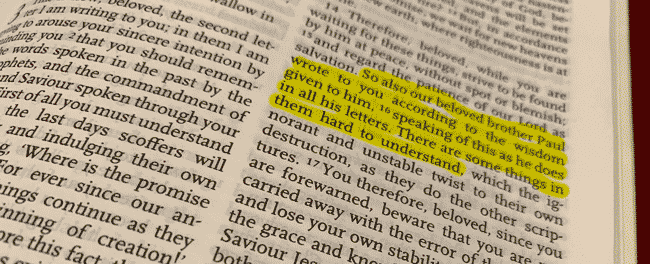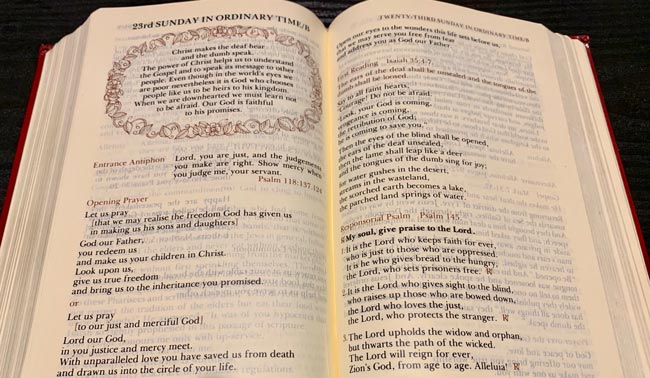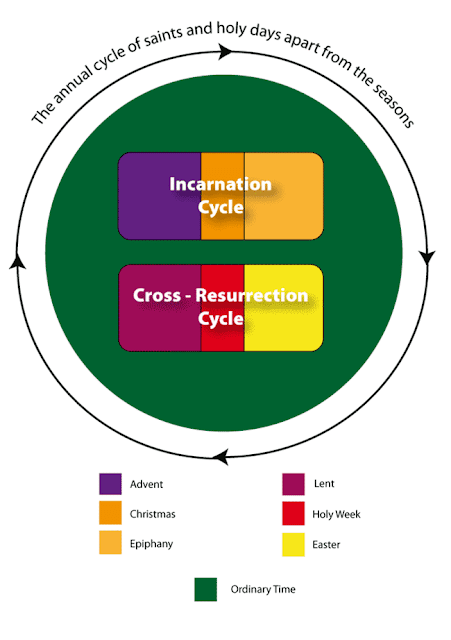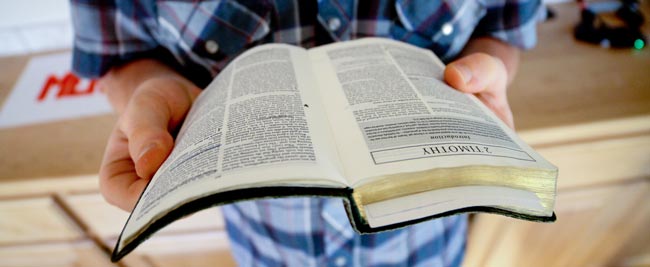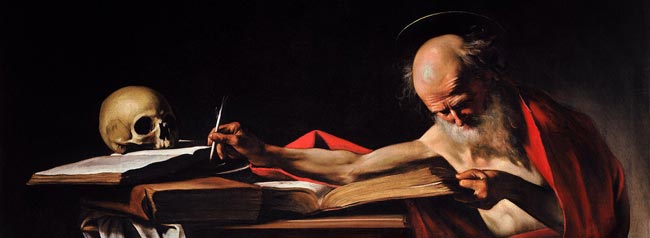When is a law not a law?

The first broad genre a Christian reader encounters in a description of the bible’s contents is “law”. Whenever the scriptures are referred to in the pages of the New Testament by genre, it is nearly always “the Law and the Prophets.” ( I discussed this language a bit here .) And many people are used to hearing references to the books of Moses, or the law of Moses, in relation to the first five books of the bible. However, what the reader finds when starting these books is not laws, but stories. It takes 50 chapters of Genesis and 19 more chapters of Exodus before we get to the giving of the law. This alerts us to a certain problem with the language of “law”. Detail of a Torah scroll So what’s in a name? The first five books of the bible are referred to by various names, especially Pentateuch (meaning “five scrolls”), Books of Moses, Torah (the Jewish term we’ve encountered earlier) and Law. This last is, as we’ve said, the one that crops up most often in the New Testament. Whichever t




